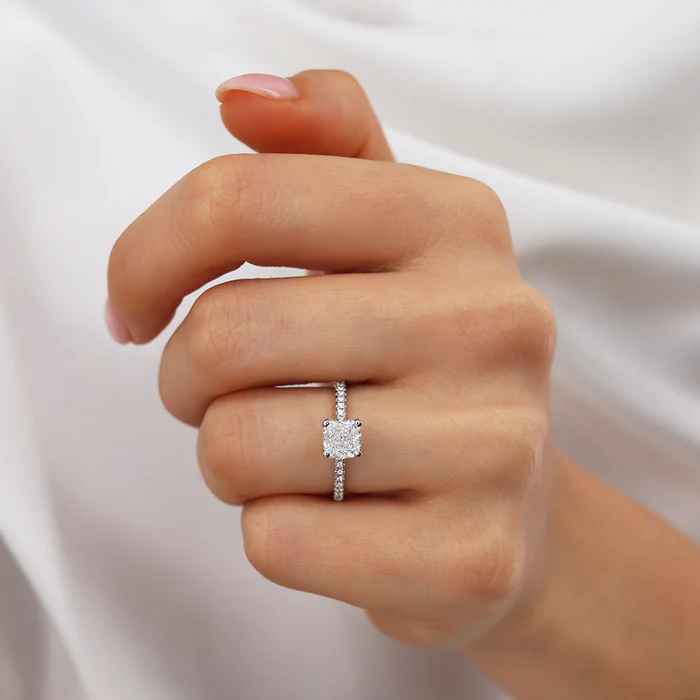
Our staff have shot over a thousand weddings over the previous 20 years, so not only do we know what we are doing, but we love doing it! Our ardour for what we do drives us to get that excellent shot, to attempt new issues, to be artistic, to make each couples expertise distinctive. From the Pulitzer Prize-winning photojournalist and New York Times bestselling creator, a surprising and personally curated selection of her work throughout the Middle East, South Asia, and Africa. the variations between video and still images. Explain the reasons for choosing one format over another for a variety of subjects.problems that may happen when utilizing computerized.
Photography Gear

Here some of the best methods to keep your business thriving. If you’re the solely photographer on the town who makes a speciality of family portraits, your charges can be greater than common.
While at MIT within the early Seventies, I had some images coursework with Minor White and first turned acquainted with massive format images within the course of. But, I may only afford a screw-mount Pentax Spotmatic and some lenses, which I additionally retain. Bespoke Gandolfis have been made in England, and Ebony was the high-finish Japanese …


